Hi there! Have you ever noticed that certain websites consistently appear first when you search for anything? They have mastered a skill known as search engine optimization, or SEO for short, so it's not by accident.
The exciting part is that SEO isn't an approach that fits everyone. It is like browsing through an infinitely unique library where every book presents a new journey! Similar to how you select a book according to your interests or mood, there are various SEO types for various purposes and tactics.
Understanding these many forms of SEO is like having a secret tool for your website, regardless of your level of experience with technology. And what do you know? We intend to reveal all the details!
We're going to break down 10 Types of Search Engine Optimization (SEO) into its most basic form in this piece. We'll provide you with all the most up-to-date advice on how to differentiate your website in the innovative world of 2024 and beyond.
Prepare to explore the world of SEO with AHIT, then! Learn how to turn your website into the search engine powerhouse that it is together. Okay, let's get started!
What Is Search Engine Optimization?
The strategic practice of improving a website's exposure and rating on search engine results in pages to draw in more natural traffic is known as search engine optimization. Search engine optimization, or SEO, aims to increase a website's relevance and importance to major search engines such as Google, Yahoo, and Bing. It accomplishes this through enhancing elements of the website like as the content, navigation, and search engine optimization. This makes the website appear higher in search results when users conduct internet searches. These activities include off-page techniques like content marketing and link building in addition to on-page techniques like content and meta-tag optimization.
Websites that employ effective SEO strategies can establish stronger connections with their target audience. This can contribute to the expansion of the firm by increasing website traffic. Websites may maintain their edge over others in the online market and ensure that users continue to find them through constant updating and improvement.
10 Types of Search Engine Optimization (SEO)
To help you better understand search engine optimization, let's talk about its various forms. Understanding makes it easier to optimize your website effectively and increases its visibility in search results. To increase the visibility of your website, let's take a closer look at these methods for SEO.
- Technical SEO
- On-page SEO
- Mobile SEO
- Image SEO
- E-commerce SEO
- Off-page SEO
- Video SEO
- Enterprise SEO
- Local SEO
- International SEO
Technical SEO
Technical SEO focuses on a website's backend components to make sure search engines like Google, Bing, and Yahoo can crawl and use it. This covers things like enhancing the performance of the website, making URLs easier to navigate, resolving crawl issues, and applying schema markup. A website can enhance user experience and rank higher in search engine results pages by fixing certain technological problems.
On-page SEO
The process of improving a single web page so that it appears higher in search results and receives more relevant traffic is called On-Page SEO. Researching keywords, improving meta tags, and organizing content with the right header tags are all part of this process. Additionally, you can raise your website's search engine ranks and increase organic traffic by producing interesting and educational content that answers users' questions and gives clear solutions.
Off-page SEO
The term "Off-page SEO" refers to strategies used to improve your search engine rankings that are not on your own website. This covers link-building techniques including influencer outreach, guest blogging, and producing excellent content that draws inbound links. Off-page SEO can enhance a website's authority and reliability in search engines by obtaining links from reliable websites, boosting brand mentions and exposure online, and more.
Local SEO
The goal of local SEO is to make a website more visible in local search results so that users from particular regions can visit it. This includes building local content, getting local citations and reviews, and optimizing Google My Business listings. Websites may increase their exposure in local search results and draw more people to physical store locations by focusing on local keywords and optimizing for local search intent.
Mobile SEO
Mobile SEO is the process of making a website mobile-friendly to guarantee a smooth browsing experience on tablets and smartphones. This entails putting responsive designs into practice, making sure content is visible and easily available on smaller displays, and speeding up page loads for mobile visitors. Mobile SEO is essential for preserving and enhancing search engine ranks as well as satisfying the expanding mobile user base, given the growing popularity of mobile search.
Image SEO
The goal of picture SEO is to increase visibility in image search results while also optimizing search engine performance in general. This involves using descriptive filenames, optimizing image file names and alt tags with appropriate keywords, and lowering image file sizes to enhance page loading time. Enhancing the user experience and increasing organic traffic from picture searches are two benefits of optimizing photos.
E-commerce SEO
Enhancing an online store's organic search ranking is the main goal of e-commerce SEO. This entails using keywords to improve the e-commerce site's search engine position, making sure that product descriptions are thorough, and optimizing product pages with pertinent keywords. E-commerce SEO also entails enhancing the layout of the website to make it easier for users to navigate and putting local search strategies into practice to draw visitors to actual shop locations.
Video SEO
Video SEO is the process of making videos more visible and highly ranked on search engine results pages (SERPs). To make videos easier for search engines to find, this involves adding important keywords to the titles, descriptions, and tags. Additionally, you can increase user engagement and search engine visibility by optimizing video thumbnails, using schema markup for video content, and producing video transcripts. Websites may enhance organic traffic, and video views, and successfully reach their target audience through video marketing by optimizing their video content for search engines.
Enterprise SEO
Enterprise SEO uses clever techniques to increase a company's visibility in search engine results, which helps big businesses with several stores or products perform better online. In order to improve overall online performance and attract more consumers and traffic to the business, this entails making sure each store shows up correctly on Google Maps, collecting backlinks from reliable websites, maintaining online reputation and customer reviews, and putting other strategies into practice.
International SEO
In order to reach a worldwide audience, international SEO entails optimizing a website for a variety of languages and nations. This entails applying hreflang tags, producing content that is tailored to the region, and optimizing for local search engines and traditions. Websites can increase their international traffic and clients by expanding out into other areas and optimizing for worldwide searches.
Conclusion
In conclusion, the 10 type of SEO work together to improve search engine ranks and increase website visibility. Improved user experience and relevancy through on-page and technical SEO. While international SEO expands a website's reach internationally, local SEO concentrates on certain geographic areas to draw in local clients. All aspects of SEO lead to higher organic traffic, better rankings, and overall business expansion, offering a holistic strategy for successful digital marketing.


.jpg)




.webp)
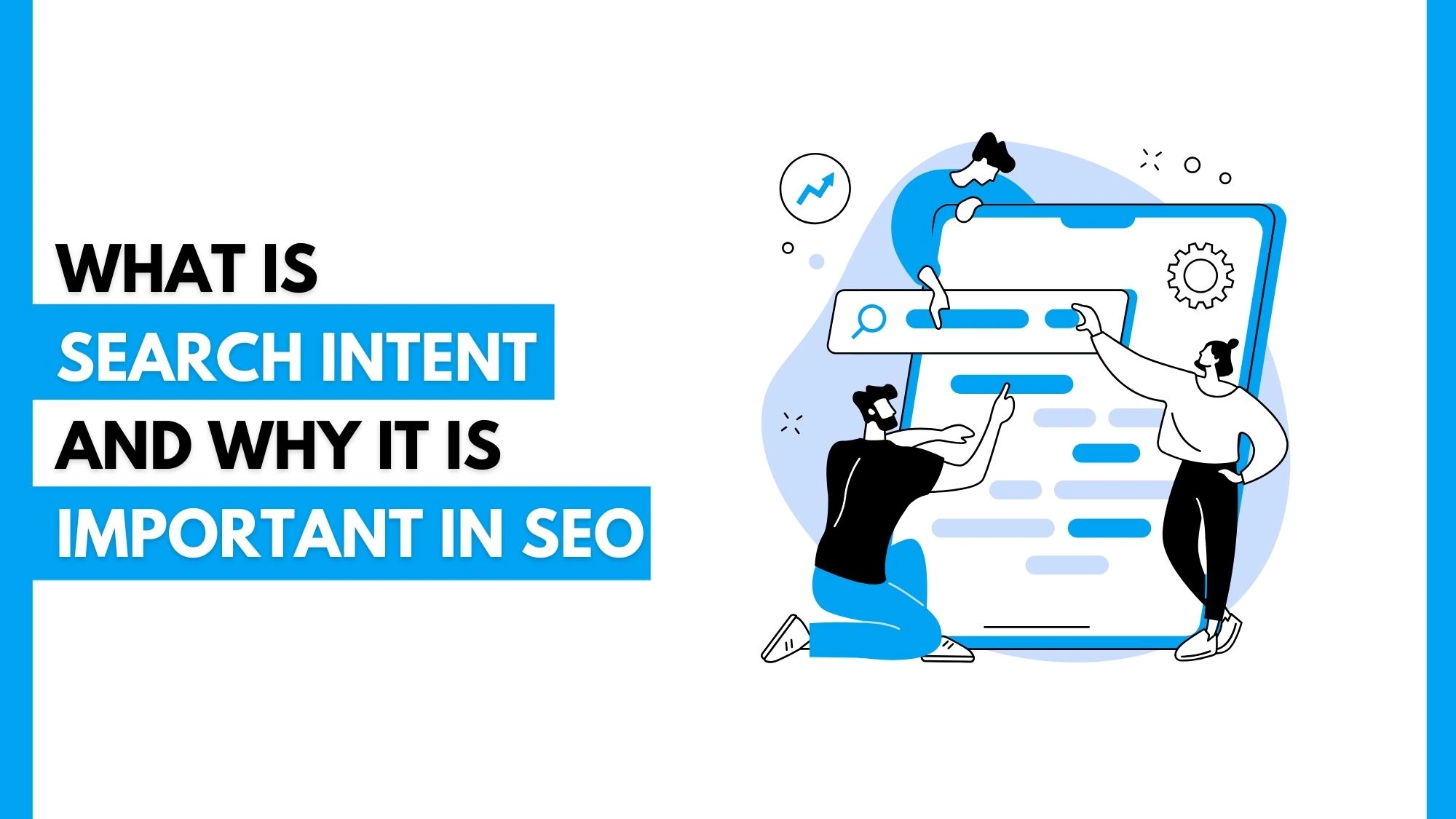

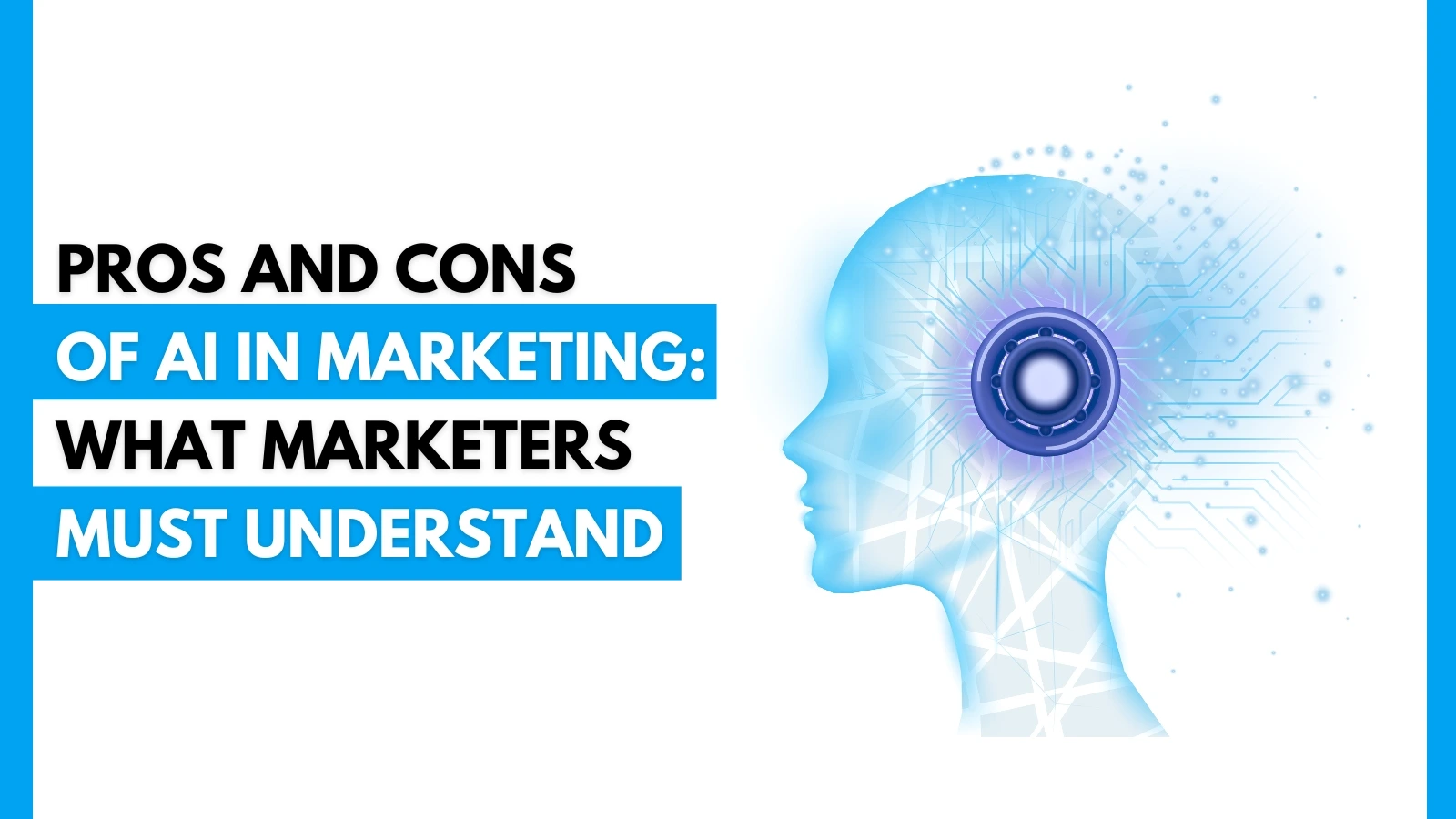

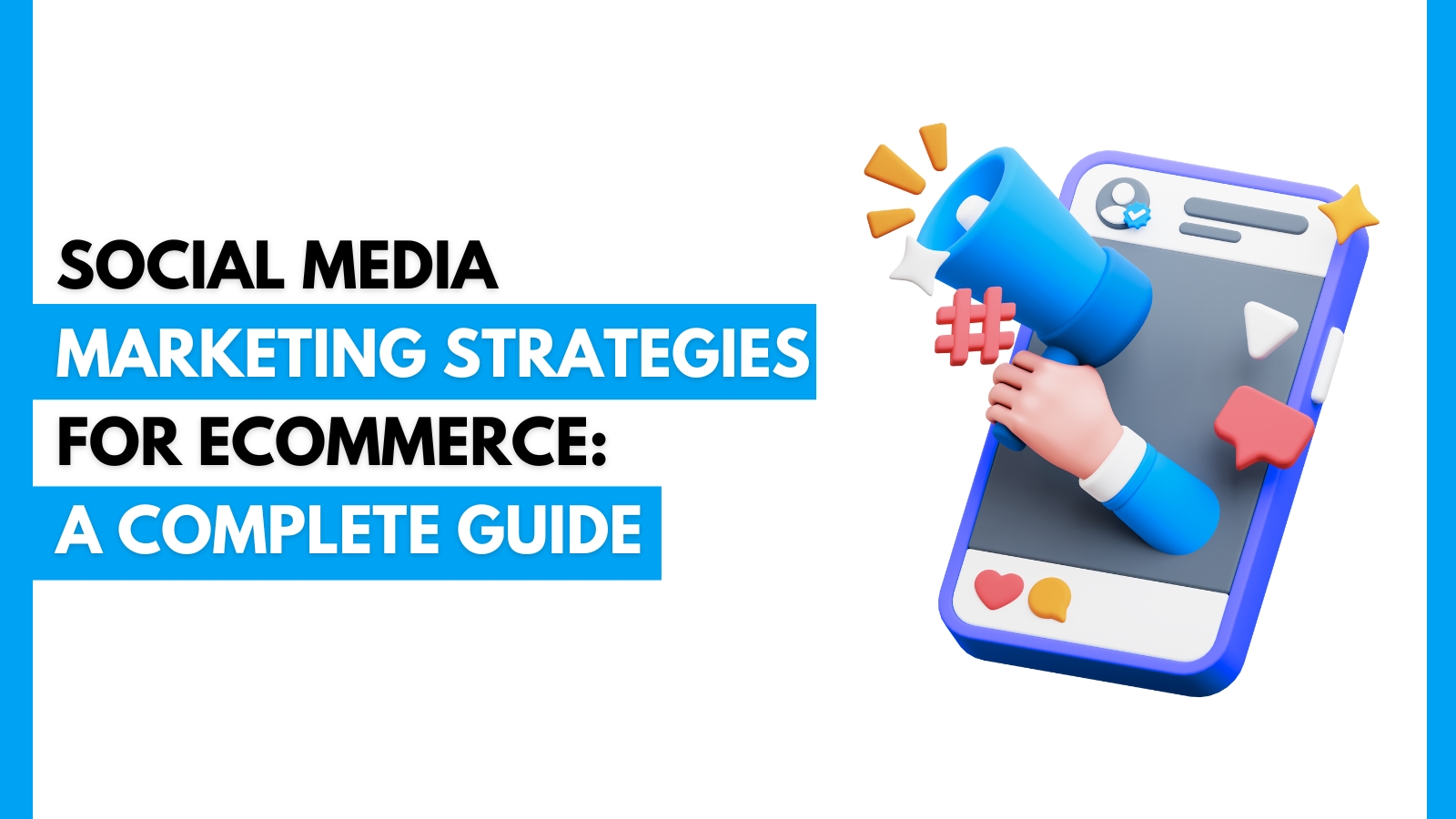

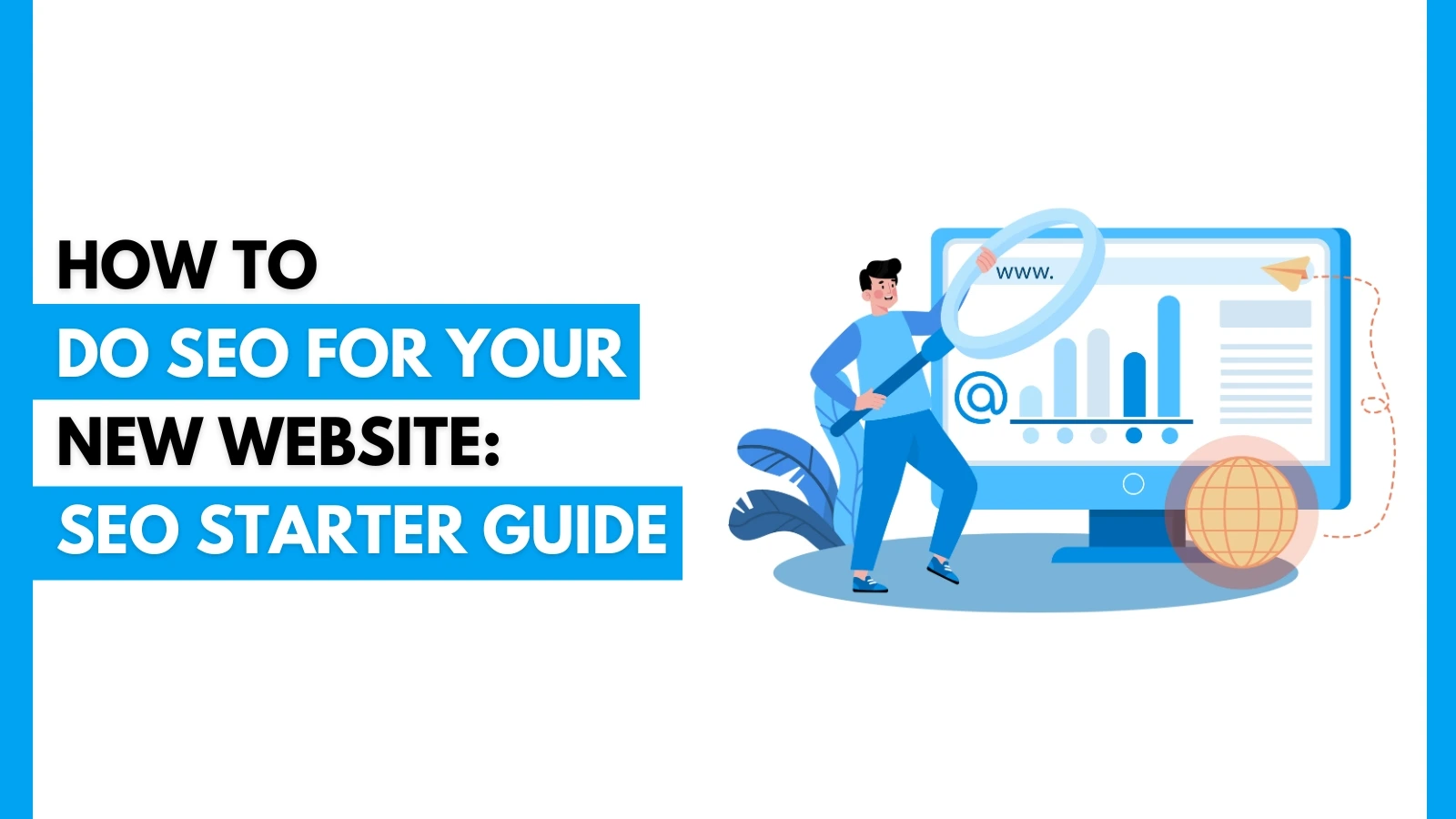
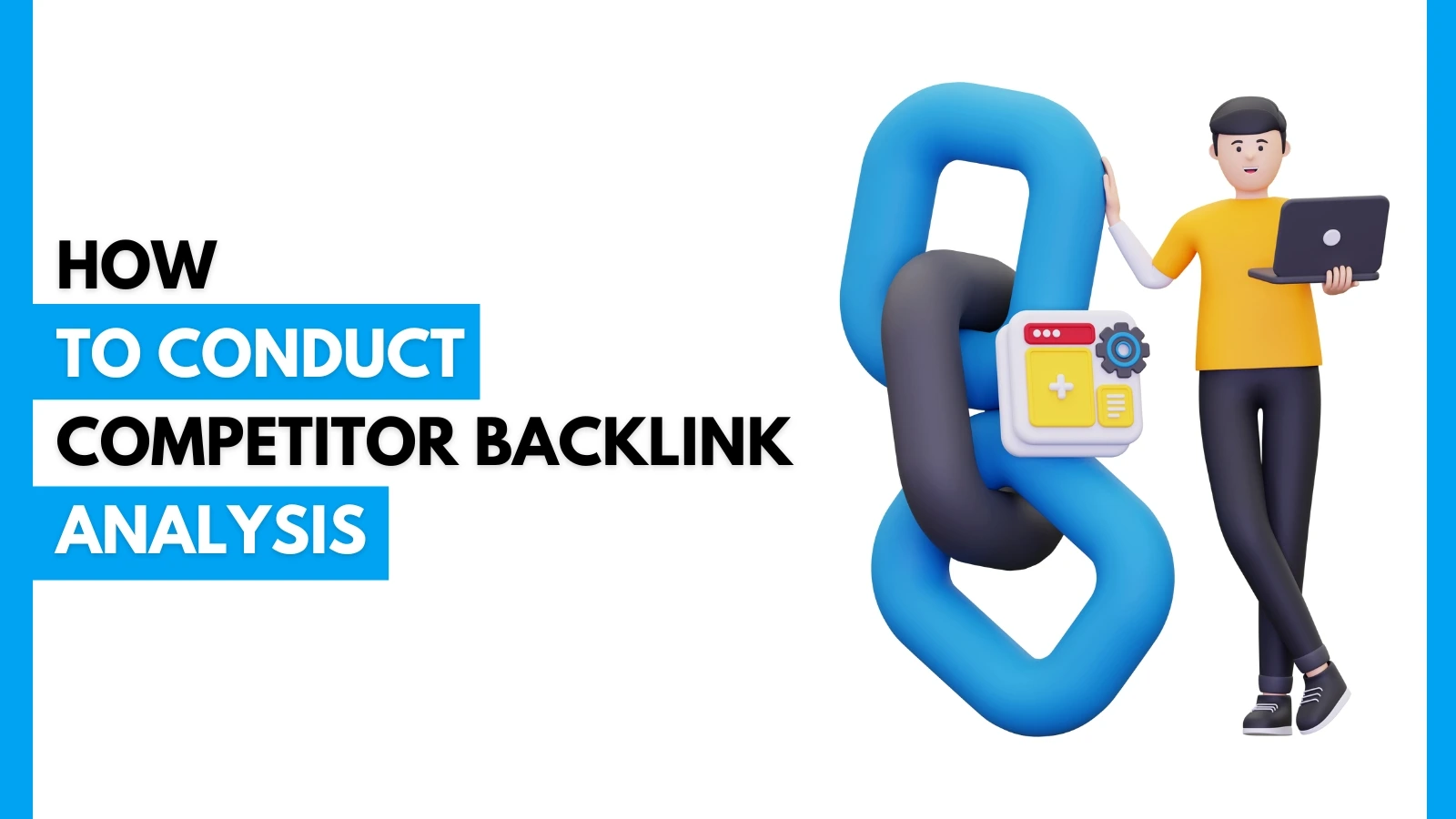

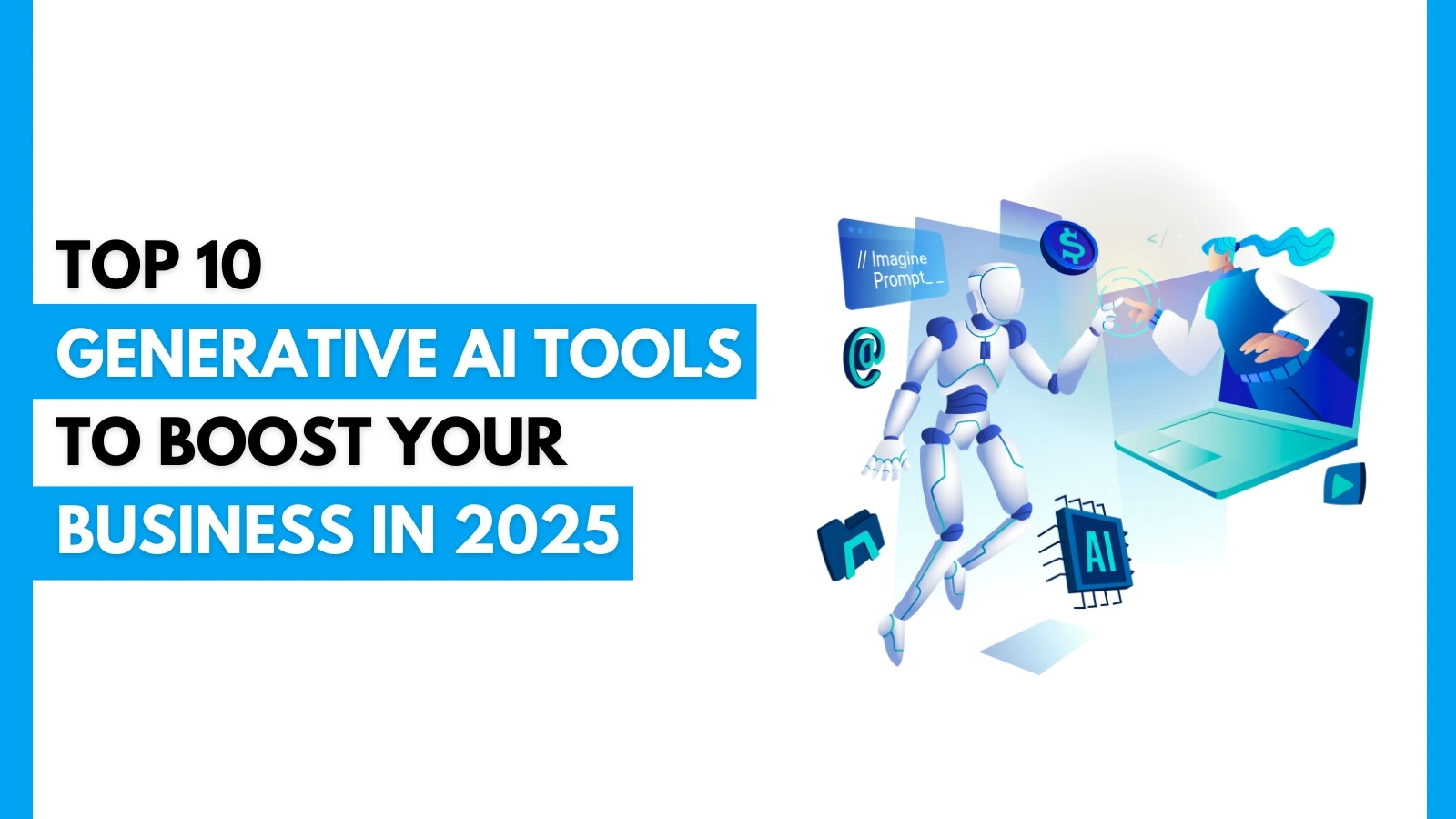


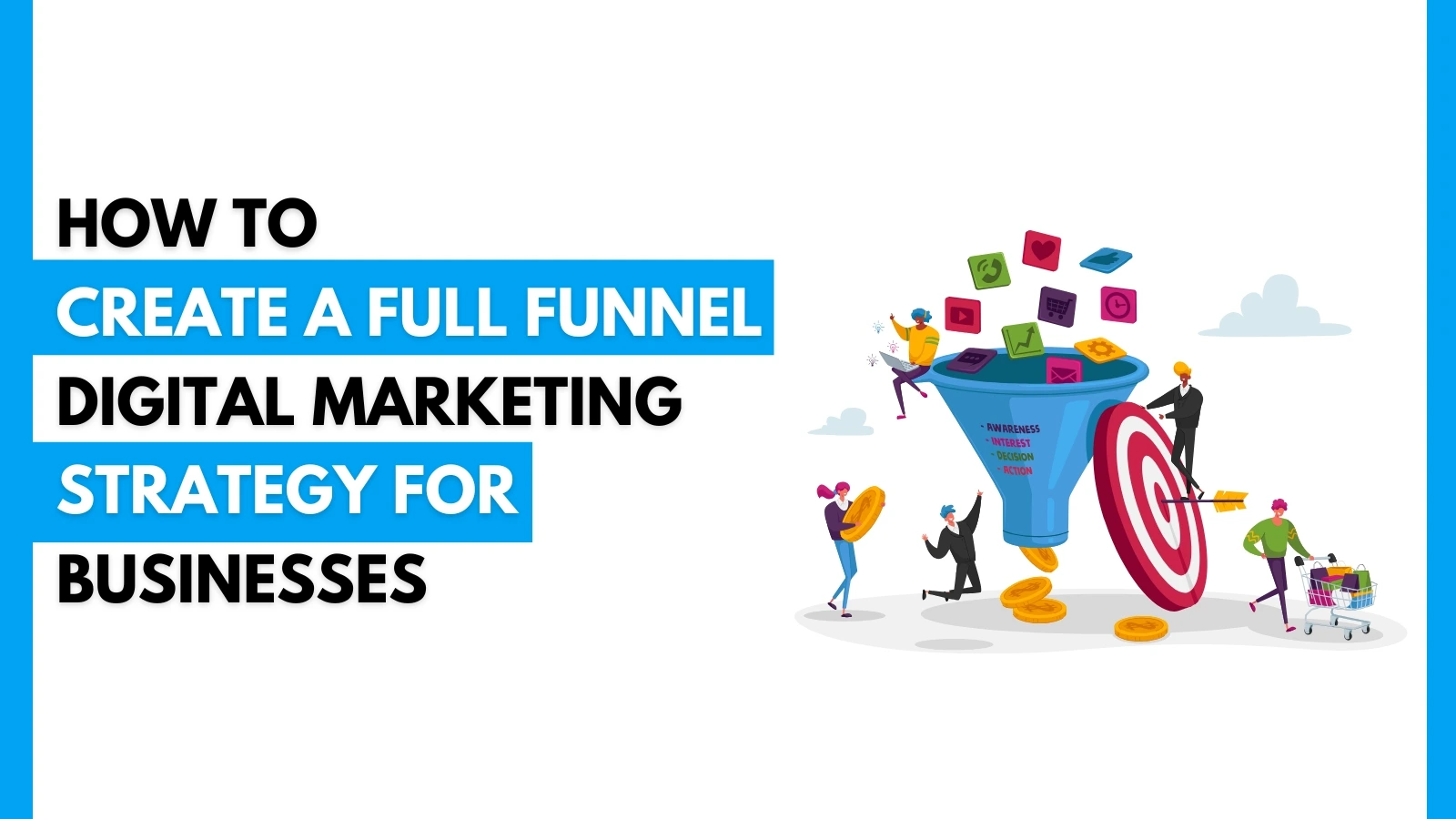
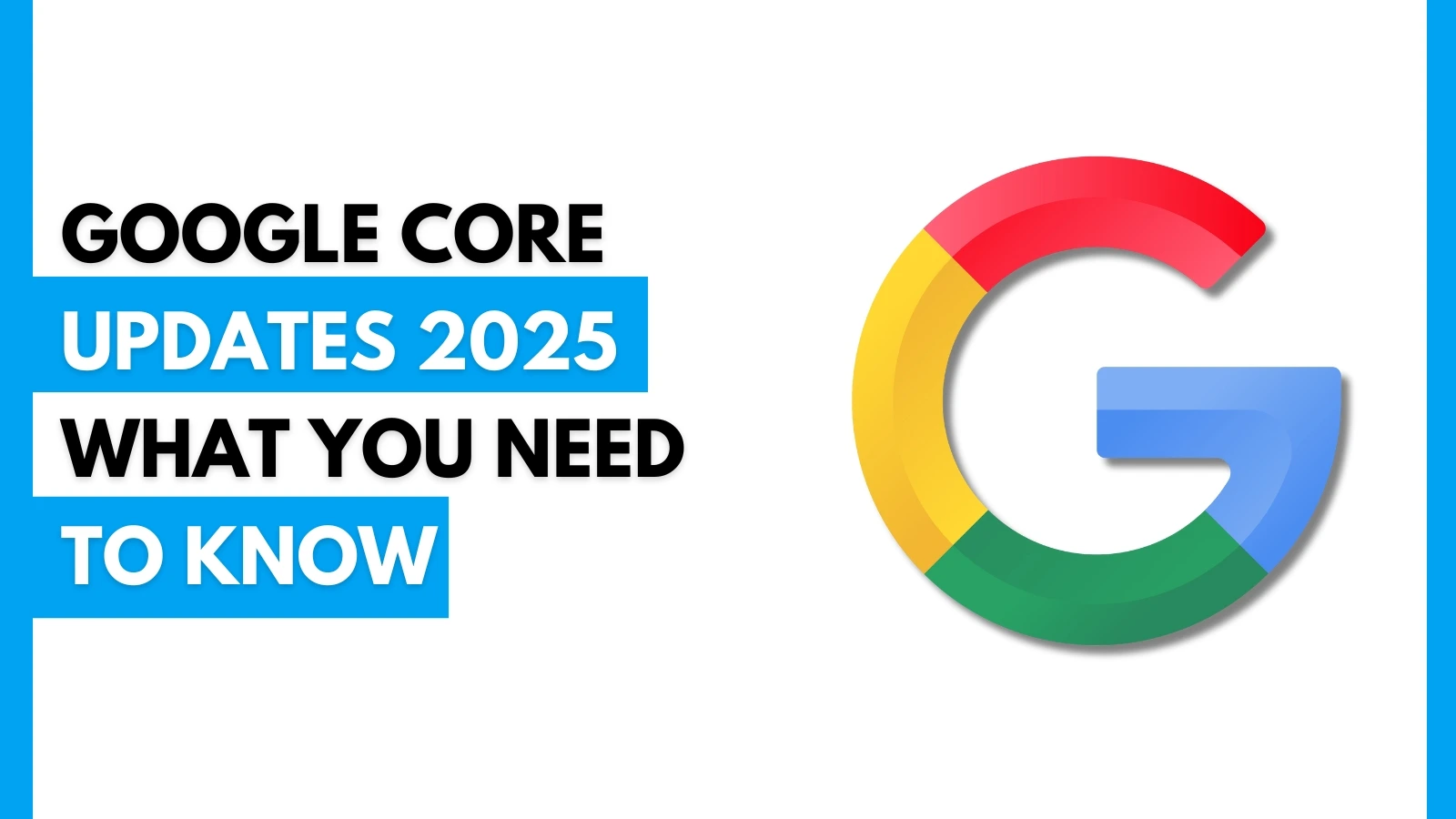





.webp)






















 A Complete Guide.webp)











































.jpg)










 Efficiently.jpg)
.jpg)
























.jpg)
























.jpg)


















.jpg)
.jpg)




























.webp)





.jpg)


















 Campaign.jpg)




.jpg)

.jpg)

.png)



.jpg)



.jpg)
.jpg)
.jpg)



.jpg)








.png)
.jpg)




.jpg)

.jpg)
.jpg)


.jpg)


.jpg)



.jpg)





















.jpg)














.png)





















.jpg)






.png)

.png)



.png)

.png)
.png)



.png)
.png)
.png)
.png)
.png)

.png)
.png)
.png)
.png)
.png)
.png)
.png)
.png)
.png)
.png)
.png)

.png)
.png)
.png)
.png)
.png)
.png)
.png)
.png)
.png)



.png)
.png)
.png)

.png)
.png)
.png)
.png)
.png)
.png)
.png)
.png)
.png)
.png)
.png)
.png)
.png)
.png)
.png)
.png)
.png)
.png)
.png)
.png)
.png)
.png)
.png)
.png)
.png)
.png)
.png)
.png)
.png)
.png)
.png)


.png)
.png)

.png)
.png)
.png)
.png)
.png)
.png)
.png)
.png)
.png)
.png)
.png)
.png)
.png)
.png)
.png)
.png)
.png)
.png)
.png)
.png)

.png)
.png)
.png)

.png)
.png)
.png)
 (1).png)
.png)
.png)
.png)
.png)
.png)
.png)
.png)
.png)

.png)

.png)
.png)
.png)
.png)
.png)
.png)
.png)

.png)
.png)
.png)
.png)
.png)
.png)
.png)
.png)
.png)
.png)
.png)
.png)
.png)
.png)
.png)
.png)


.png)
.png)
.png)
.png)
.png)
.png)
.png)

.png)
.png)
.png)
.png)
.png)
.png)
.png)
.png)
.png)

.png)
.png)

.png)
.png)
.png)

.png)
.png)
.png)

.png)
.png)
.png)
.png)
.png)
.png)
.png)
.png)
.png)
.png)
.png)
.png)
.png)
.png)
.png)
.png)
.png)
.png)
.png)